In nature, seeds are dispersed through their fruits eaten by various animals or through multiple inventions that help them disperse. The wind, for example, carries the samaras of the maple trees far from the point of origin and the children finish the race by using them as a helicopter. Dogs, foxes and other animals transport the seeds of the strawberry plants thanks to the hooks they are equipped with, birds and mammals eat the strawberries, cherries or blackberries and disperse them after digestion… In the carder plant (wool carding herb) the seeds are able to germinate in their own fruit!
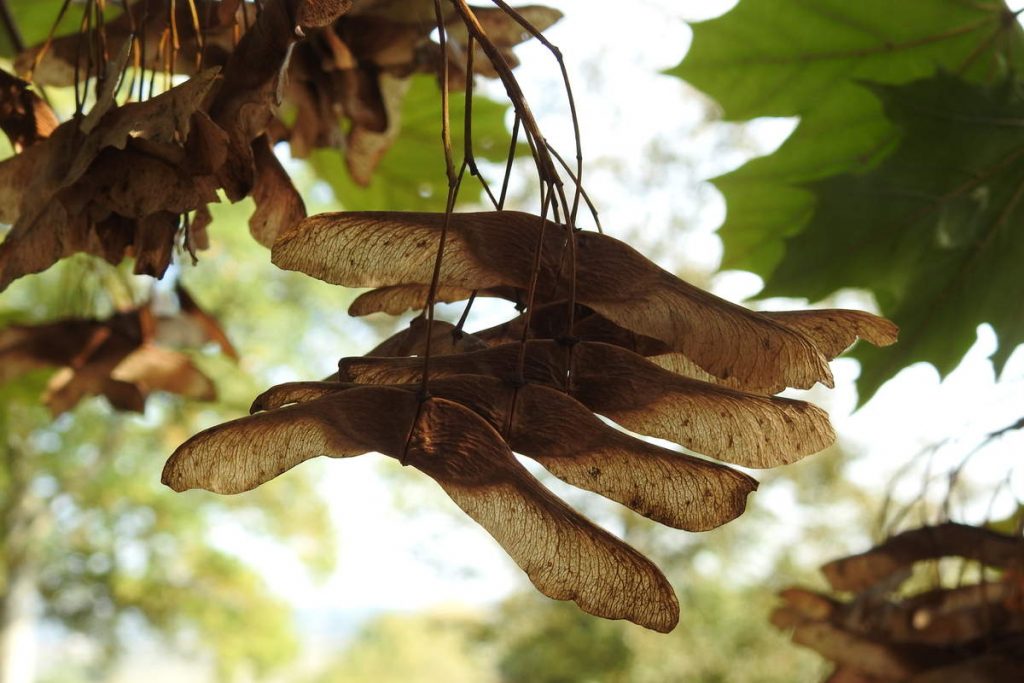
Contents
Rule n°1 : put the seed in favorable conditions
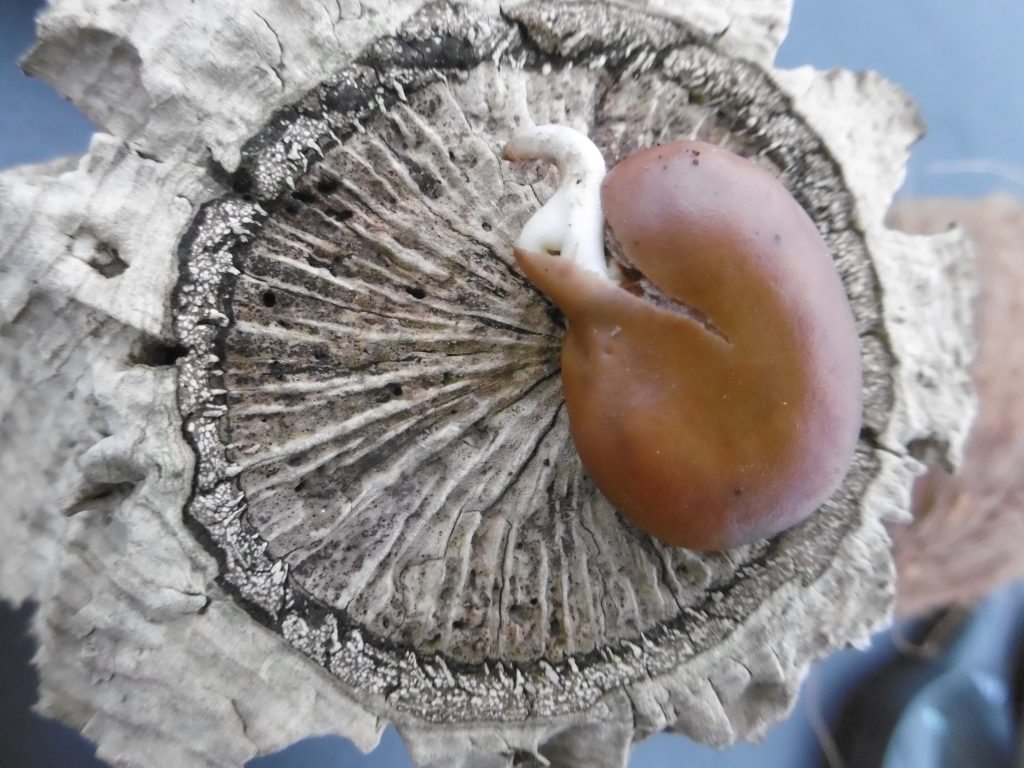
To germinate a seed you must respect the following conditions which vary more or less from one variety to another:
- An ambient temperature
- Humidity of the soil or potting soil
- Aeration of the soil
Before the seedling emerges, the temperature is the most important factor for success. Without a minimum temperature, the seeds will not germinate. For example, barley will not germinate at less than 4°C, corn at 9°C, squash at 14°C etc. For a large number of plants, including vegetables, 18 to 22°C are optimal temperatures. Sowing under cover allows temperature control and good success.
Light must be present, at least at a minimum, as most species and varieties require it to germinate (it acts positively even through potting soil or soil particles). Seedling potting soils are designed to act in two ways. At the same time they retain water efficiently which allows germination but they are also aerated (presence of sand or perlite, etc.) which preserves the seed from rotting.
Rule n°2 : respect the needs of the seed
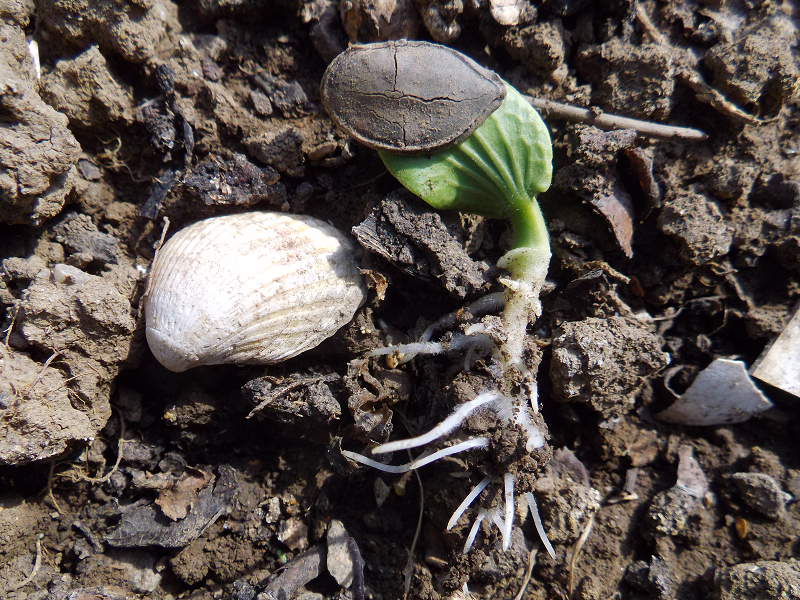
Beyond the climate, it is also necessary to respect some needs of the seed:
- Depth of sowing
- Space between seeds
- Necessity of packing of the ground
The depth of sowing is very important. Quite often we bury the seed at a depth corresponding to 2 to 3 times its diameter. It is an indication. Thus the very fine seeds (begonia, saintpaulia, etc.) are not covered but are put in the ground. On the back of the seed packet are the conditions for success (type of soil, sowing date, sowing depth, emergence time, spacing in all directions, more or less pronounced settling, etc.). Commercially available seeds have a limited lifespan, programmed by the genes they contain. This lifespan varies from one plant to another.
A simple test of germination, in the event of doubt of the validity of seeds, makes it possible to know if they are well alive: it is enough to sow some between sheets of paper towels maintained wet during all the rise, which generally intervenes in a lapse of time ranging between 1 to 3 weeks.
Rule n°3 : regularly check the humidity of the soil
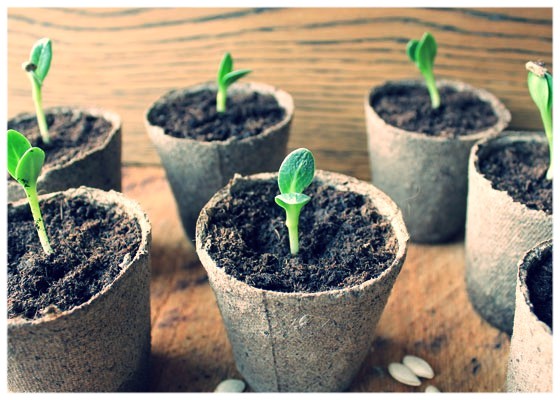
Placed at the right depth, the seed must find the oxygen necessary for its respiration. Consequently, if the soil is too wet, “drowned”, the seed will suffocate and die. The seedbed – the surface part where the seed is placed – must be in relation to the size of the seed. Professionals sum it up: “The grain size of the soil or potting soil must be identical to the size of the seed.”
Conversely, a seed that has germinated and then is surrounded by dry potting soil for too long will wither its young shoot and root, dry out and then die very quickly. This situation occurs when the gardener – too distracted or after a long absence – has not ensured regular watering. These alternating dryness/wetness conditions can also lead to the melting of seedlings.
The ideal is to water after manual checking of the substrate, with water at room temperature, if possible by capillary action (water poured over a height of 1/2 cm, at the bottom of a bowl, in which cups have been placed for example), because this system reduces fungus attacks, such as damping off. It is also possible to practise watering in order to increase the humidity level of the air if it is too dry.
Rule 4: control the exposure of young shoots to light
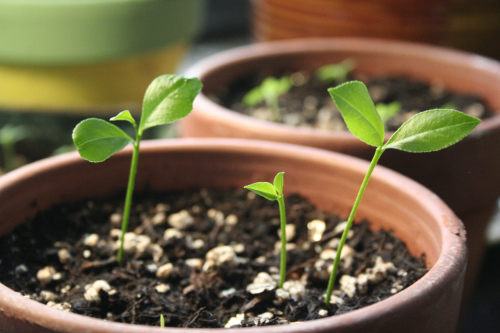
As soon as the young green stems appear, the gardener must ensure the presence of light, this avoids the erosion of the fragile seedlings (the stems spin in height and are thin). There is a second trick to avoid wilting. It is necessary to sow fairly lightly. In gardening parlance this means that the seeds are spaced apart. This spacing varies enormously: a begonia seed (50,000 seeds per gram) compared to a bean seed (2-6 seeds per gram) is like a mouse facing the elephant! Transplanting followed by potting is also an effective way to fight against the loss of seedlings. Sowing under shelter (greenhouse, frame, shade, plastic film, geotextile film, etc.) allows to protect from the inconveniences linked to wind, precipitations, excessive sun. It also allows harvesting in advance or out of season.
Rule #5: use tips from gardeners
Soaking
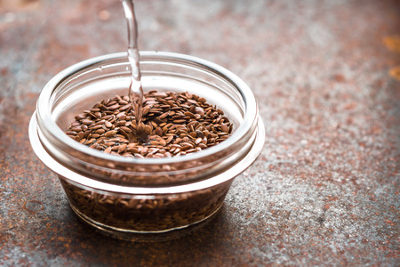
This technique consists in soaking seeds in cold or warm water to activate and regulate germination. The soaking time varies from 4-6 hours to 12-48 hours.
Scarification
The teguments of certain seeds are so coriaceous that their wear is sometimes necessary with the passage of water and oxygen, elements essential to germination.
Sometimes it is enough to agitate the seeds mixed with sand. It is possible to reach the same goal by plunging the seed in more or less diluted sulfuric acid. Sandpaper or an electric grinder (hard seeds like those of the lotus, acacia, medlar tree, carob tree…) are also indicated, according to the case.
Stratification
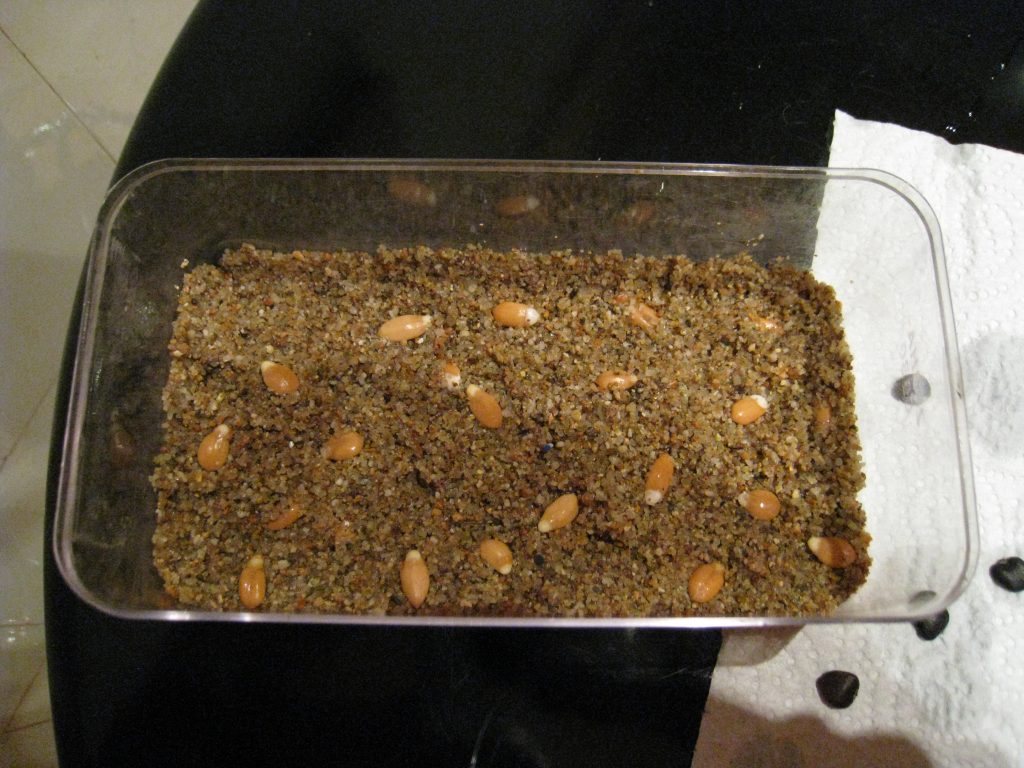
It is a question here of placing the seeds with the cold and moisture during a more or less prolonged stay. In practice the seeds are mixed with wet sand, the whole put in a bowl, box… surrounded by a protective grid of the rodents and placed in full air; the rain must act. Seeds concerned: apple tree, rose tree, fir tree, hawthorn, etc. The time of stratification is from 1 to 3 months according to the plant.
These operations play on the dormancies of seeds; these dormancies play on the teguments and the “sleep” of the embryo (one speaks about tegumentary or embryonic dormancy).
Divide the seedlings
We can never say it enough: sow in 2 to 3 times the content of the seed packet, especially if you are a novice! This allows you to spread out the harvest over a longer period of time and it relativizes a failure… that every gardener will experience sooner or later.

